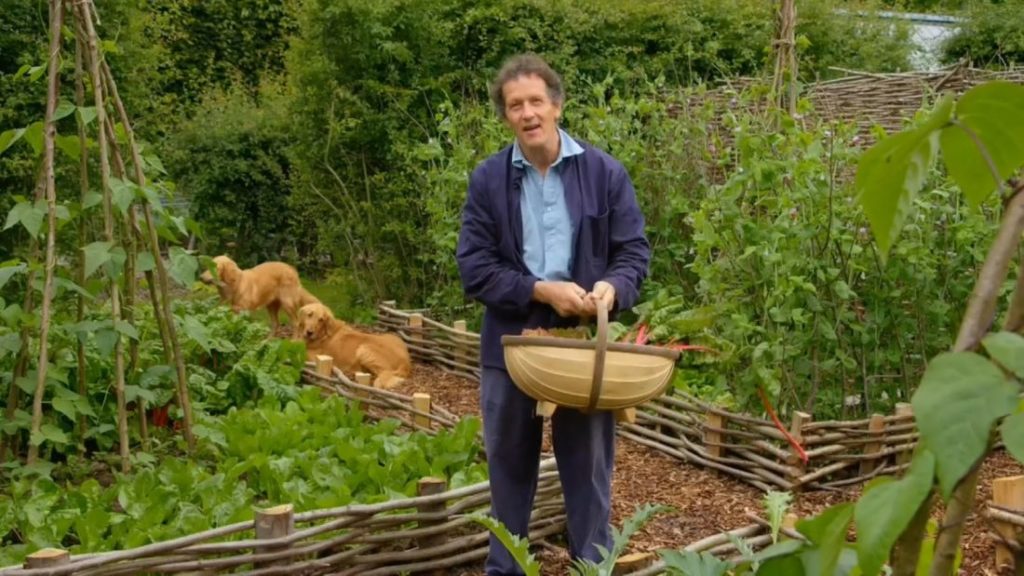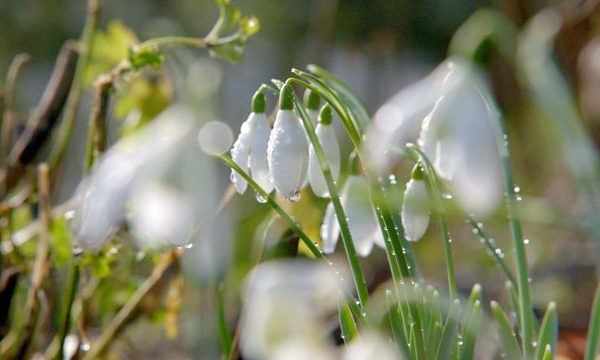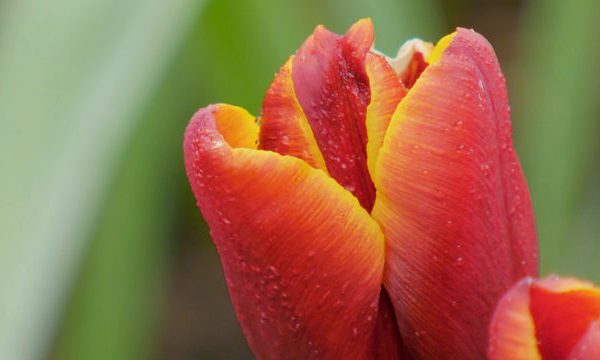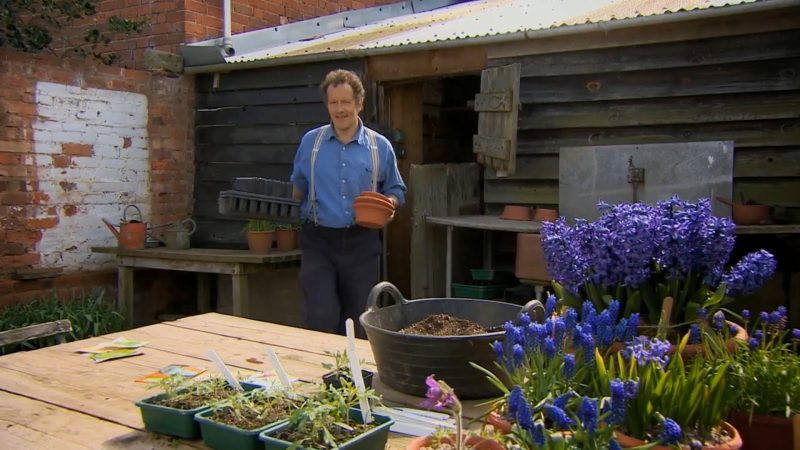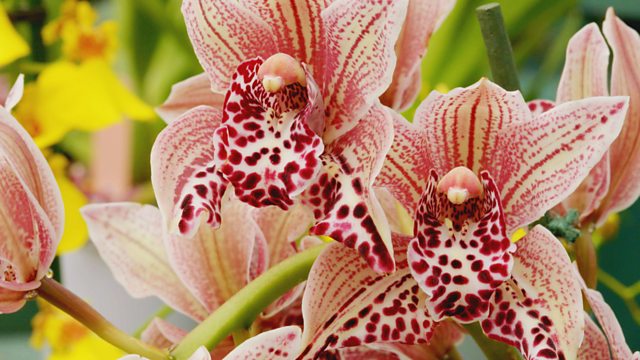Whilst celebrating the glory of summer flowers at Longmeadow, Monty has plenty of tips, from pruning and propagation techniques for different types of clematis to troubleshooting problems with roses.
Carol Klein wades through streams and marshes to show us how gardeners can emulate nature when choosing the right water plants for our gardens, and we visit Norfolk to revel in an extraordinary collection of iris.
In Gardeners World episode 14 2016:
Pond plants
Plants give visual interest to a pond, encourage wildlife and can help keep water clear. Choosing the right plants greatly adds to your enjoyment of the pond as well as that of visiting or resident wildlife.
Floating plants do not need anchorage in soil. Their presence on the surface reduces the amount of sunlight penetrating the water and keeps the water cooler, discouraging algae. Aim to keep around 50% of the surface clear of vegetation, if necessary by thinning occasionally during the summer.
Marginal plants, these plants are ornamental in flower and foliage and soften the harsh outlines of pools. They are also valuable for shading pool margins where algae may otherwise multiply in the warm, shallow water. For small pools, plant separately in 15cm (6in) containers and re-pot when overcrowded. Heights given indicate length of leaves or flowers above the water surface.
Bog gardens
Creating a bog garden is the perfect use for a redundant or leaky pond, but it can also be an informal edge to an existing pond or a way of cultivating a naturally waterlogged dip in your garden. Bog gardens provide a range of attractive planting opportunities and are an excellent wildlife habitat.
They are suitable for small areas are generally easier to create and maintain as a bog garden. Larger areas need to have stepping stones or walkways incorporated into the design to allow access for maintenance.
Creating a bog garden is an ideal method for converting an existing garden pond, or adding a bog area to the edge of a new pond, as the same pond liner can be used underneath the bog garden to create waterlogged conditions. Holes are pierced into the liner and a layer of gravel placed in the bottom to allow for some drainage, so that conditions are waterlogged without pooling.
